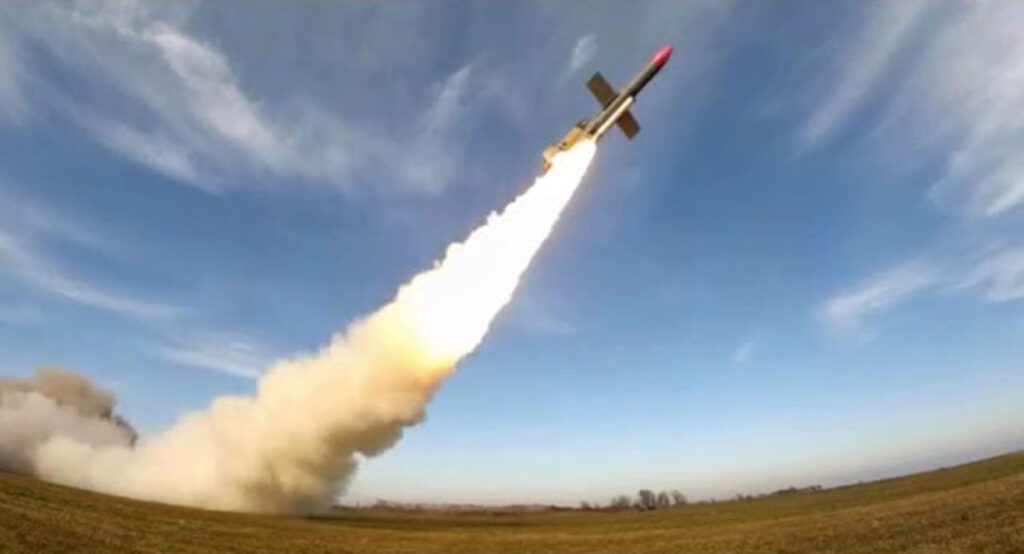Ukraine establishes missile plant in Denmark near F-35 base for 3,000-km strikes

Starting 1 December, Denmark will begin producing solid rocket fuel for Ukraine’s new cruise missiles, Danmarks Radio reports.
Flamingo missile, which has been unleashed by Fire Point company in the end of August 2025, has a flight range exceeding 3,000 km and has a 1,150 kg warhead. Currently, Ukraine regards multibillion-dollar arms buildup program, funded by Europe as the best way to defend itself from Russia amid reduced American aid and uncertainty over Western security guarantees.
Plant near F-35 airbase
The Ukrainian company FPRT, a part of Fire Point, will establish a new plant near Skrydstrup Airbase, home to the Royal Danish Air Force’s F-35 fighters. This location will provide quick access to advanced military technologies and integration into national defense.
Solid Fuel Technology
Ukraine’s Flamingo cruise missile uses solid rocket fuel, which ignites instantly, provides stable combustion, and does not require fueling before launch, unlike liquid fuel.
Large-scale project for national defense
The company has already received a Danish CVR number and launched a website with information about the project. FPRT plans to build modern production facilities in Vojens, while qualification and operational testing will take place at specialized sites outside the plant.
“Our activities are aimed at supporting programs that are vital for Denmark’s national defense,” the FPRT website states.